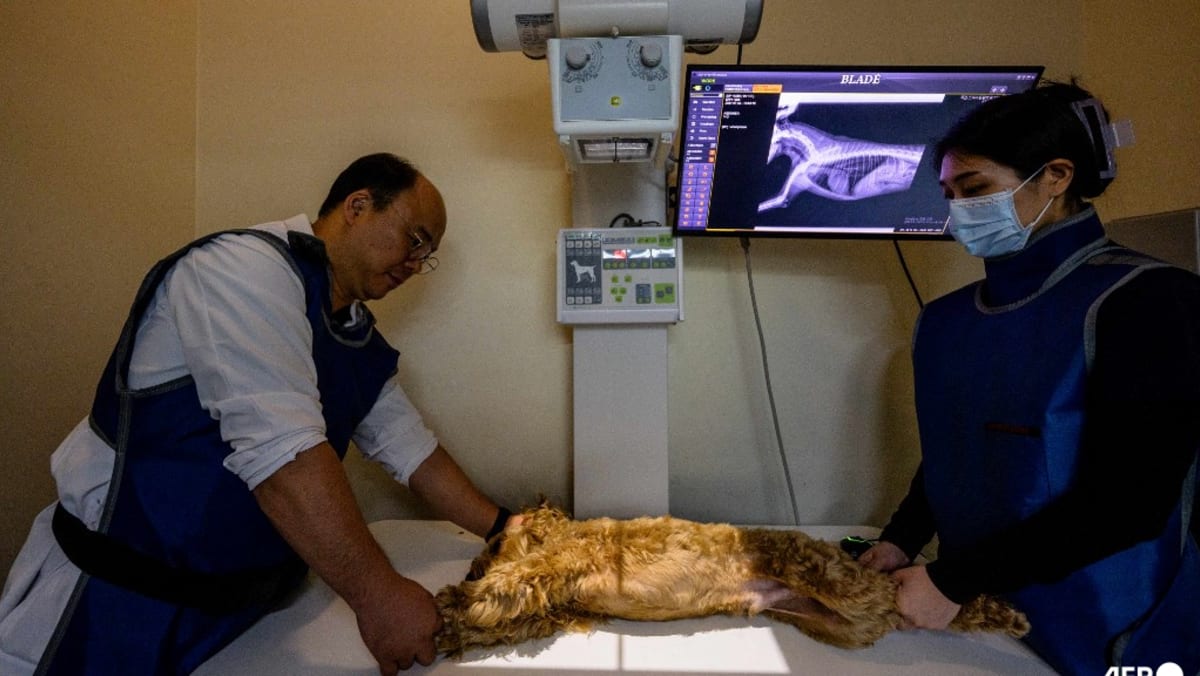A DIRE LABOUR SHORTAGE
But the decline of this postwar model has led to the weakening of worker-employer relationships in Japan, largely on account of major shifts in the supply of labour.
Japan’s population is shrinking and along with it, its labour force. There is a dire labour shortage, with no end in sight. Companies can no longer afford to choose only from among the supply of Japanese males.
More women are working, and the traditional housewife is becoming a relic of the past. In most households, both spouses work at least part-time. With the assumption of a stay-at-home homemaker no longer viable, pressure is mounting on men to contribute more to household work.
Workers’ tastes and preferences are also changing. The dependence between worker and employer is weakening. A 2024 survey found that only 21 per cent of young people want to work for the same company until retirement, compared with 35 per cent in 2014. Workers want more flexibility in time and place, especially after COVID-19.
There are more foreigners in Japan’s workforce than ever before, who bring with them different work norms, values and expectations that may not be compatible with the profile of the old ideal.
Technological change is also accelerating. In the typical Japanese company, new graduates enter the organisation at the bottom, and are trained and promoted internally.
But technological change moves fast, and training people internally has its limits. To secure the best talent, companies must recruit externally to remain competitive. The frequent entry and exit of people are disrupting long-held assumptions of loyalty and of shared affiliation and identity.














